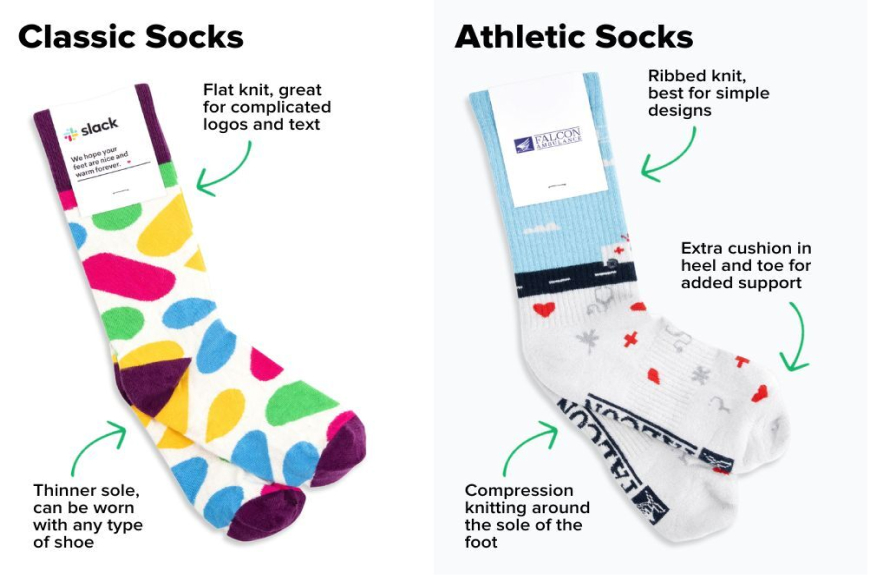The world of triathlon is full of debates, but few are as polarizing as the great sock dilemma. Should triathletes wear socks during their races, or is going sockless the way to victory? This question has divided the triathlon community for years, with passionate advocates on both sides. Let's dive into this contentious issue and explore the pros and cons of each approach.
The Case for Going Sockless
Many triathletes swear by the sockless approach, citing several advantages. Firstly, it saves precious time during transitions. In a sport where every second counts, eliminating the need to put on socks can shave off valuable moments. Additionally, some athletes claim that going sockless provides a better feel for their shoes, allowing for improved performance during the run segment.
However, running without socks isn't without its risks. Blisters, chafing, and hot spots are common complaints among those who choose to forgo socks. These issues can be particularly problematic during longer distance events, where comfort becomes increasingly important. Some triathletes have found success with specialized running shoes designed for sockless wear, but it's crucial to practice this approach extensively before race day.
The Argument for Wearing Socks
On the other side of the debate, many triathletes insist that wearing socks is essential for comfort and performance. High-quality athletic socks can provide cushioning, support, and moisture-wicking properties that can make a significant difference during the run. This is especially true for longer distance events like half or full Ironman races, where the extended time on your feet can exacerbate any discomfort.
Supporters of the sock-wearing camp argue that the time lost during transition is negligible compared to the potential time lost due to blisters or other foot issues that may arise from going sockless. They also point out that modern sports socks are designed to be quick-drying and lightweight, minimizing any potential drawbacks.
Finding the Middle Ground
As with many debates in triathlon, the answer may lie somewhere in the middle. Some athletes opt for a compromise by using compression socks or calf sleeves, which can provide the benefits of compression without the need to put on full socks during transition. Others choose to wear socks for longer races but go sockless for shorter sprint or Olympic distance events.
Ultimately, the decision to wear socks or not comes down to personal preference and individual factors such as foot shape, shoe fit, and race distance. Triathlon experts recommend experimenting with both approaches during training to determine what works best for you.
Wrapping Up
The great sock debate in triathlon is likely to continue for years to come. While some swear by the time-saving benefits of going sockless, others prioritize the comfort and protection that socks provide. As with many aspects of triathlon, there's no one-size-fits-all answer. The key is to find what works best for you through practice and experimentation. Whether you choose to don socks or brave the race barefoot, the most important thing is to train consistently with your chosen method to ensure you're prepared come race day.


